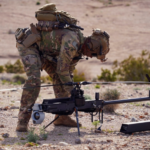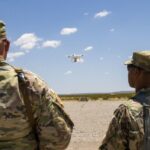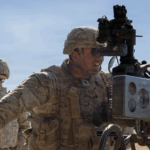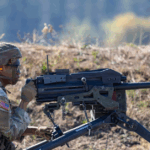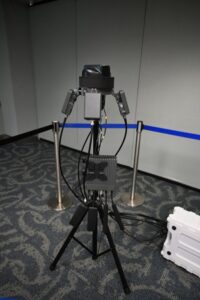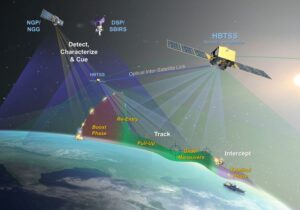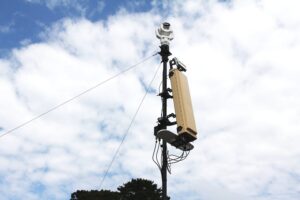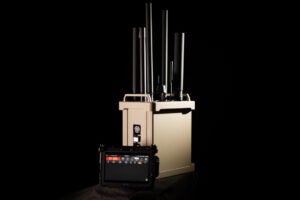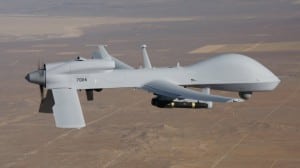
The Army is seeking industry’s input on new large, multi-purpose drone capabilities that could potentially be deployed for a range of missions, to include precision strike and intelligence collection. A new Request for Information notice released on Thursday details the Army’s interest in Group 4 and 5 unmanned aircraft systems (UAS) that would offer extended ranges and the ability to carry a wide swath of sensor and weapons payloads. “The Army requires a Group 4 or 5 UAS to serve…

 By
By 